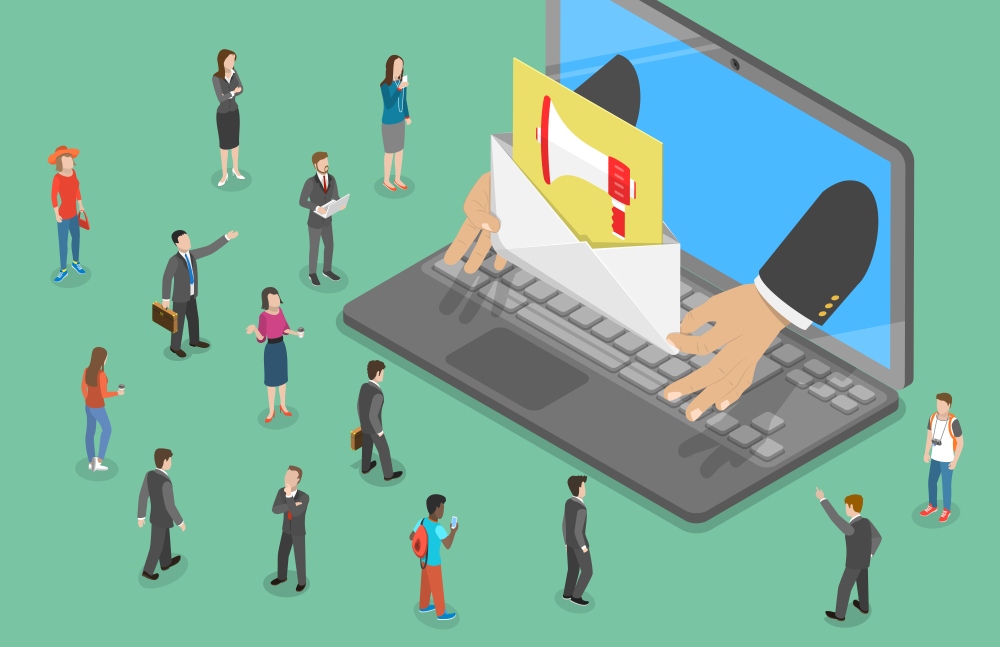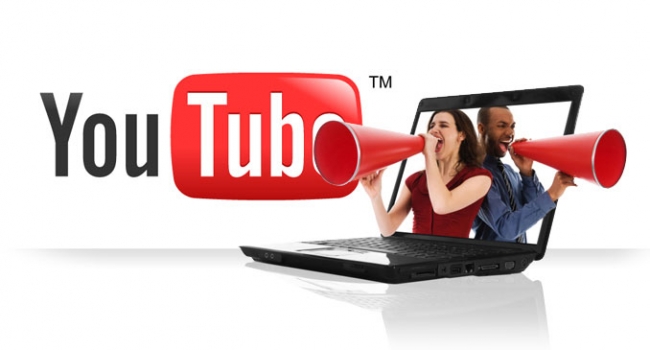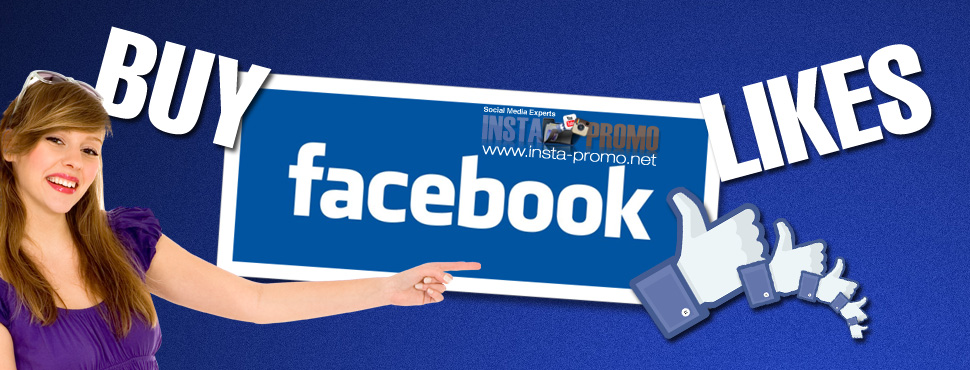So many men, so many minds. The business audience is not an exception; each recipient has different decision-making algorithms, a different level of income, and a reaction to sales proposals. In addition, each client wants to receive offers that are relevant to his needs. The more personalization, the more conversion. Email mailing is a way to personalize your emails on any level. Moreover, the division of the audience into target groups is much easier than it seems.
Segmentation improves the open rate and clicks rate statistics. Proper segmentation of the database and analytical work with statistics will help to reduce the number of unsubscribes and users’ complaints and at the same time improve the efficiency of mailing. When subscribers receive only those letters that are interesting for them, they are more willing to open them and follow the links, which means that the conversion rates of your mailings will grow. Appropriate segmentation, which provides a personalized approach to working with the subscriber, followed by analysis of the results of the email campaign, will improve the conversion of each subsequent mailing. In this article, you will learn some simple examples of customer base segmentation in email marketing: what has been done and what feedback business owners have received.
Here’s how to take your email marketing campaign to the next level using segmentation:
-
Start fresh.
You need a pristine database to do the best job of segmenting your audience. This tip is our first one because it’s that important. Don’t skip it!
Your database is your email marketing campaign’s foundation, and a good database requires work to keep it functioning effectively.
For the most powerful and accurate segmentation results, you’ll need to check your unsubscribes and your low contact engagement lists and scrub them at least once a month.
If you’re in between scrubbings and your bounce rate climbs higher that about 3%-5%, that’s a good time to jump in and do a little maintenance.
This will ensure you’re not wasting time contacting ineligible customers or irritating people who don’t want your emails and are flagging your emails as spam.
-
Let your customers choose their own niche.
Once you have a solid, clean database of customers, you can easily sort them into groups by just asking them.
Better than “guessing” preferences by using demographic or other data, asking customers outright how they’d like to move forward is a no-brainer.
If you couple this email survey with a personalized profile they can access on your site, they can adjust the frequency of contact up or down, as needed.
And that kind of autonomy can help keep your emails out of the spam folder and in the inbox, where you want them.
-
Move from demographics-based to needs-based segmentation.
Focusing on details like traditional demographics often leads to money spent chasing the wrong data.
In fact, an article for Harvard Business Review breaks down the problem with using data in this way into one brilliant nugget of truth: correlation doesn’t equal causality.
It can be more beneficial long-term to uncover audience touch points. This email example, from Lonely Planet, show you one way to accomplish this.

When the recipient of this email clicks on the choices, Lonely Planet will know whether they’re more interested in gear, food, or destinations.
This allows the Lonely Planet marketing team to serve up more targeted content and emails later.
-
Magnetize your segments.
Another wonderful way to get to know your customers and generate warm leads is by providing lead magnets.
Besides helping to segment your audience, lead magnets also draw your customers further down the sales funnel.
Lead magnets come in many forms—ebooks, checklists, guides, resources, bonuses, secrets, cheat sheets, webinars, and more.
Testing out emails by sending them to various segments gives you many ways to determine what excites your audience, as well as what they could live without.
To increase the segmentation power of lead magnets, you could provide a variety of choices.
For example, you could offer ebooks on three different subjects and segment your audience depending on which they choose.
Segmenting in this way will ensure you deliver high-quality, relevant content that resonates — and converts.
-
Meet them where they are.
Geographic segmentation can help you serve your audience by allowing you to tap into preferences that are common to a particular area—say, a high-density versus low-density population, or a hot, humid area versus a cold, dry area.
You can also target seasonal changes and food preferences, all by knowing the location of your customer.
There is no doubt that adding geo-targeting to your segmentation repertoire will increase your email marketing’s effectiveness.
And, as local search results continue to rise, this kind of segmentation can become critical for businesses with brick-and-mortar as well as online presences.
Here’s how Airbnb used segmentation to send travel recommendations to customers who’d recently browsed or booked listings in Melbourne:

-
Speak to their past purchases.
Keeping track of customers’ purchasing habits is essential for making the most out of upsell or cross-sell opportunities by providing relevant content, plus offers that will light up their interest.
To be clear, an example of an upsell is offering a customer who’s ready to buy a computer, a computer with a more powerful processor. A cross-sell is offering the customer who’s buying a computer, a printer to go with it.
You can tempt your audience by offering them a screen on your website that offers products similar to what they’re viewing, like this example from Shopify:
Or, you can email them information about a product that can complement an item they’ve already purchased.
Even if though you’re getting your purchasing information from your site, you’ll be able to use it to send segmented emails that encourage re-purchasing, upselling, and cross-selling.
-
Use their behavior to trigger emails.
Cart abandonment is a real issue in e-commerce. In fact, nearly $4 trillion of merchandise will be left in online carts this year..
Choosing to segment these slow-to-purchase customers and treat them to a re-engagement email can help you recover revenue and spur engagement.
Re-engagement emails have a 60% open rate and customers click-through at a rate of 15%, which is three times the average industry standard.
However you use it, segmentation by behavior works to re-establish a connection with your customers and put your products where they can see them front and center.
Wrap up
There are myriad ways to use segmentation to stimulate engagement, sales, and ultimately — revenue. There’s one caveat, however, you have to use it for it to have an effect.
If you do it right, by starting with a squeaky-clean database and thinking through how you’d like to organize your segmentation efforts, you’ll be able to create an email marketing strategy so finely-tuned it speaks to each of your customers in their own language.
And that’s what today’s customers are craving—personalized content that shows you really know and care about them as people, not just sales prospects.
Don’t discount the power that segmentation gives you when it comes to personalizing your message to your audience. Statistics show that more than 40% of customers have cut ties with a company because of lack of trust and personalization.
Segmentation helps you cut through the rampant digital noise consumers experience and deliver products and services that meet their needs, when and where they need them.




